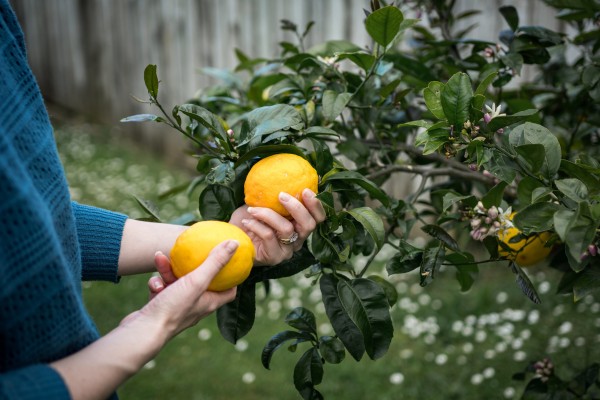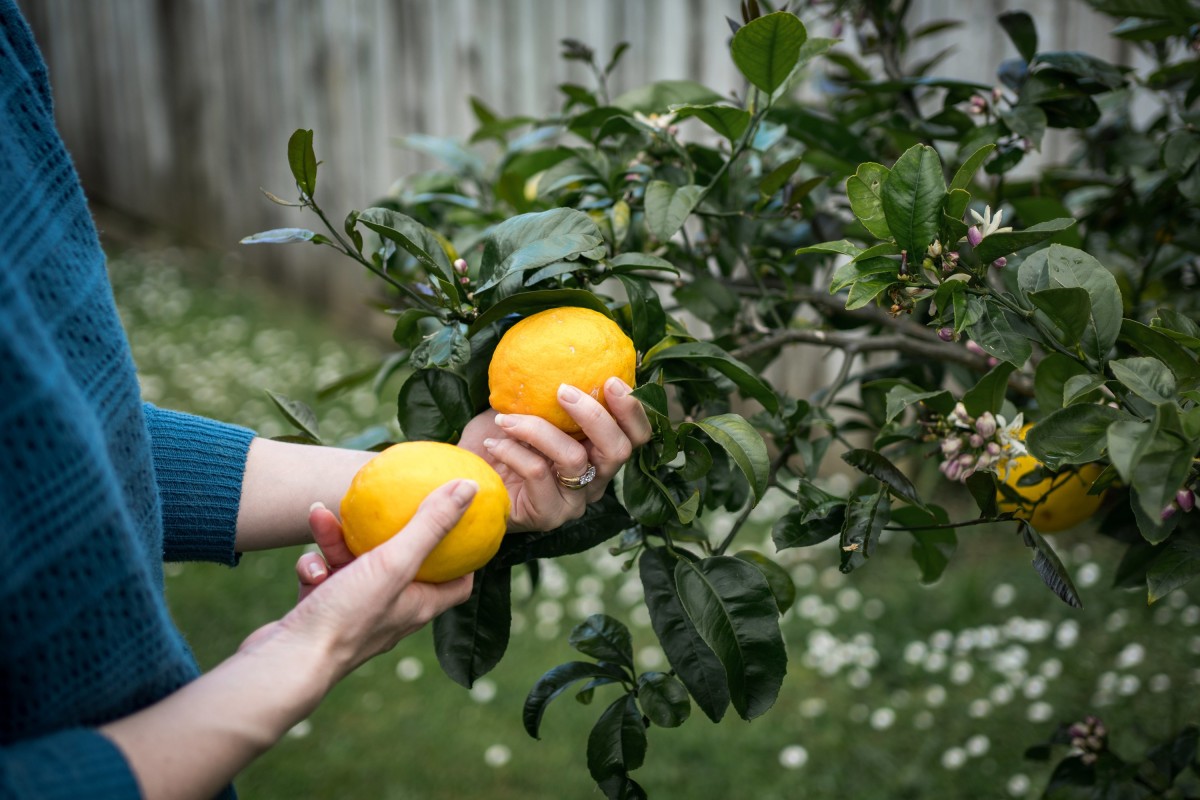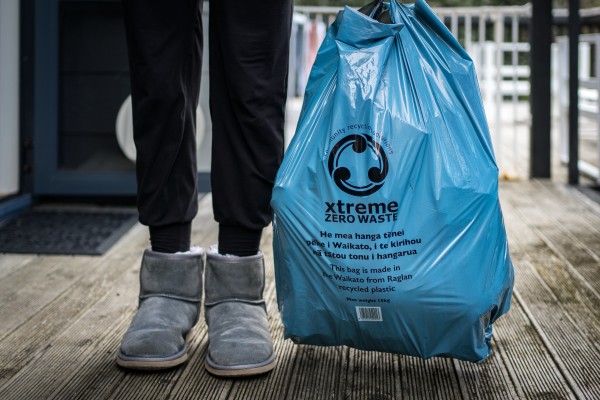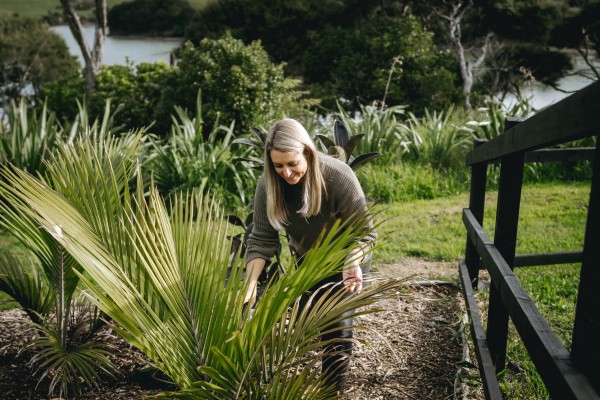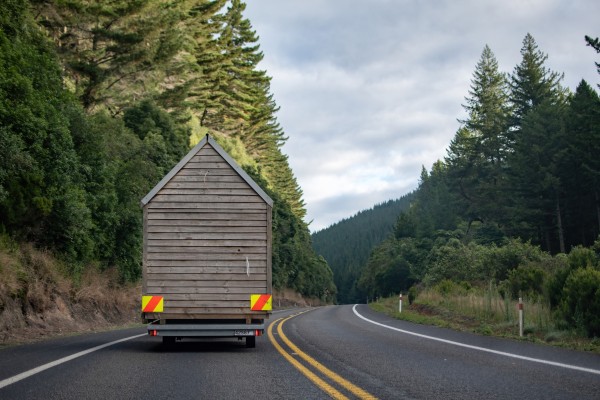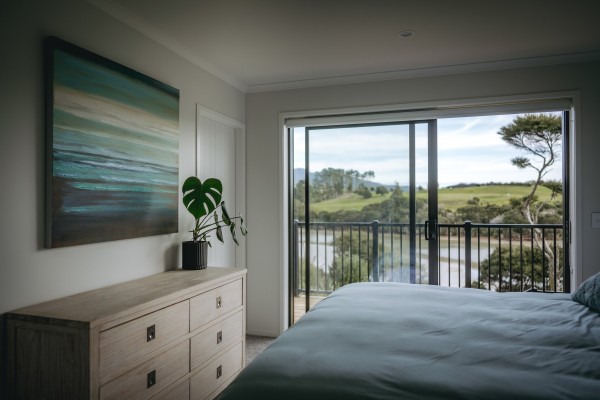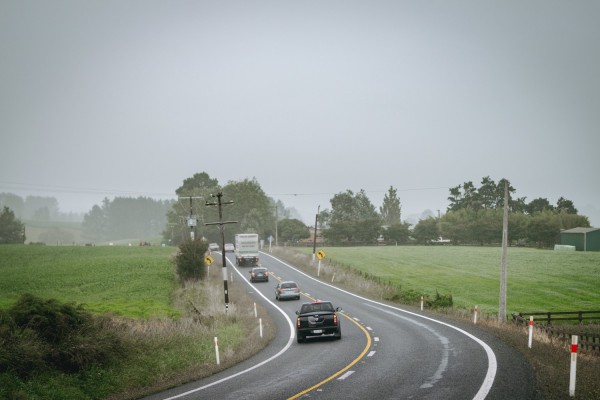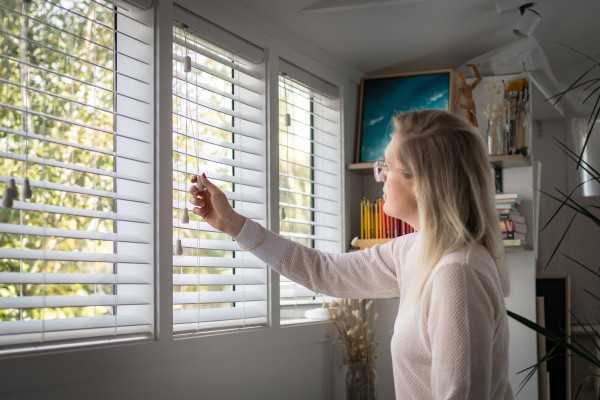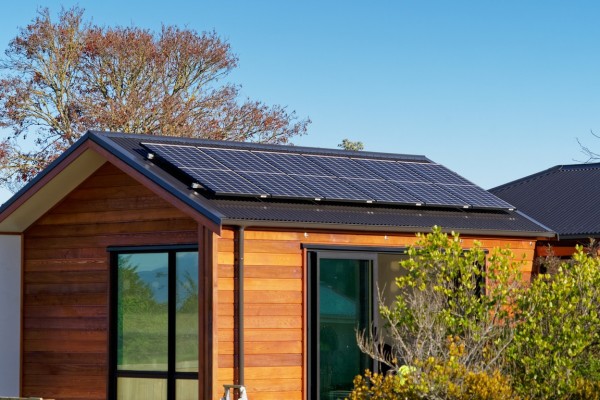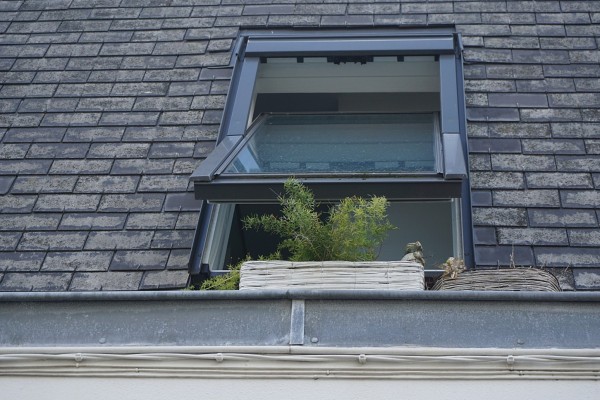The pros and cons of installing a rainwater collection system in New Zealand
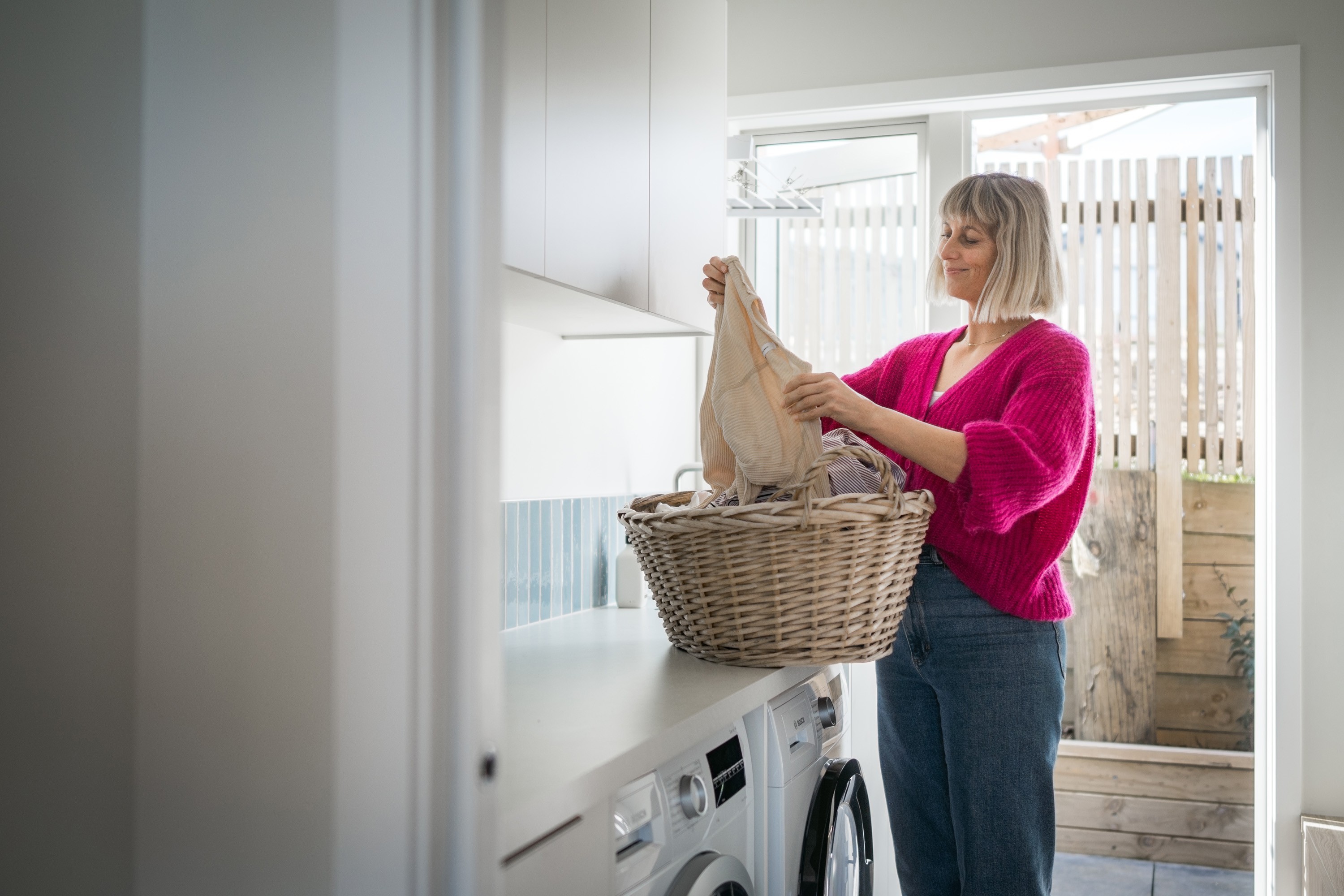
With the changing climate and unpredictable weather patterns, sustainable water management practices have become more important than ever.
While water restrictions aren’t the norm in New Zealand, having your own supply of water available at all times has many benefits.
One way of doing this is through the use of rainwater tanks. At-home rainwater tanks are designed to collect and store water from our rooftops. Storing water helps boost your household's water resilience, cuts down on water bills, and contributes to environmental conservation. It's a smart move that checks multiple boxes and is both a sustainable and practical approach to preparing for water shortages.
What are the pros of installing a rainwater supply system in New Zealand?
There are many advantages to installing a rainwater collection system in your home. Whether you live in an urban environment or on a farm, most households could benefit from being more water resilient.
Increasing Household Water Resilience
Climate change has resulted in shifts in weather patterns throughout New Zealand. Many regions are experiencing hotter summers, wetter springs and dryer winters. Dry spells followed by intense rainfall have resulted in floods in Auckland and other parts of the country. As witnessed during the 2020/21 Auckland water shortage, water supply restrictions are becoming more and more common around the country.
A rainwater tank provides a way of collecting and storing rainwater long before you need to use it. Increasing the water resilience of your home also helps alleviate pressure on our water levels during emergencies or when levels are low.
By reducing dependence on water reserves, Kiwis can help a more sustainable water future for their community.
Saving Money on Your Water Bill
Rainwater tanks are a practical and simple way to lower your household water bill. While not every city or town pays for water usage, if you live in an area that does, installing a rainwater tank or system is a smart way to save money.
Collected water has lots of uses and can be used both inside and outside the home. If your home is connected to your city's centralised water supply, utilising rainwater for household tasks reduces usage and helps save you money.
Helping the Environment
Stormwater runoff can pose a lot of environmental problems for urban areas. Take Auckland, for example. With a growing population and urban intensification, heavy rainfall has seen flooding in many suburbs as roads, pavements, concrete and other man-made surfaces prevent rainwater runoff from being absorbed back into the soil. All that rain has to go somewhere and is leading to localised flooding and overwhelmed stormwater networks.
This, in turn, causes erosion of stream banks, rivers, and coastal waterways. Rainwater tanks play an important role in helping to capture and store some of this runoff, reducing the amount of stormwater running through the network.
Installing an at-home rainwater supply system funnels some of that rain into storage, preventing flooding in your local area and the further degradation of our waterways and streams. There’s no shortage of rain In New Zealand, so it makes sense to utilise this natural resource.
Are there any cons to having a rainwater supply system?
While rainwater harvesting has many benefits, there are also some cons that should be considered.
Cost
One of the main problems with setting up a rainwater collection system is the initial cost. Buying and setting up equipment, including storage tanks, gutters, filters, and plumbing, isn’t cheap. If you’re renting, you’ll need to consider buying a system that doesn’t require modification to your rental property. However, you should view this cost within the context of long-term savings on water bills and the potential environmental benefits.
Quality
Water quality is also a concern for people relying on rainwater for potable uses. Potable uses would include drinking or cooking with the collected rainwater. The main problem is that water is collected from the roof and comes into contact with roofing materials, leaves, natural materials, air pollution, and other debris before it gets harvested.
If you are planning on using rainwater for potable uses you will need a proper filtration system and to keep a regular cleaning and maintenance schedule so that the water meets health standards. It’s also a good idea to continuously monitor your water supply to ensure the quality is good.
Storage
Storage capacity is another thing to consider, especially during a long dry spell. In areas with infrequent rainfall, reliance on rainwater alone may not be enough for the needs of your household for an entire year. You may need to supplement your water supply with water from other places or install multiple rainwater systems to ensure you have access to enough water.
How can I use my rainwater supply?
Rainwater collected in well-maintained tanks can be used in lots of ways. Here are some ways you can use rainwater to help conserve your water usage and save money on water costs. Common ways to use rainwater are:
-
Gardening: Rainwater is an excellent choice for watering plants and gardens. Its natural purity and lack of added chemicals make it beneficial for promoting plant growth.
-
Outdoor Cleaning: Use rainwater to wash vehicles, furniture, and other surfaces. The absence of minerals can prevent water spots and streaks on surfaces.
-
Toilet Flushing: Rainwater can be redirected to flush toilets, reducing reliance on the central water supply for non-drinking water needs.
-
Laundry: Incorporating rainwater into your laundry routine is eco-friendly, particularly for washing clothes and linens.
-
Livestock and Pets: For those in rural areas, rainwater often becomes a primary source for providing water to livestock and pets.
Can you drink stored rainwater in New Zealand?
When it comes to drinking rainwater, you’ll need to give your setup some proper thought and invest more money into making it clean and safe to consume. With the right filters and plumbing systems in play, rainwater can absolutely become safe for drinking. In New Zealand, many people in rural areas rely on their rainwater tanks for everything - from drinking to cooking, cleaning and watering livestock and pets.
If your home is connected to the main water supply, the general recommendation is to stick to drinking tap water. This water undergoes a thorough treatment to meet the Ministry of Health’s Drinking Water Standards and, unless stated otherwise, is safe to drink.
What sized tank do I need?
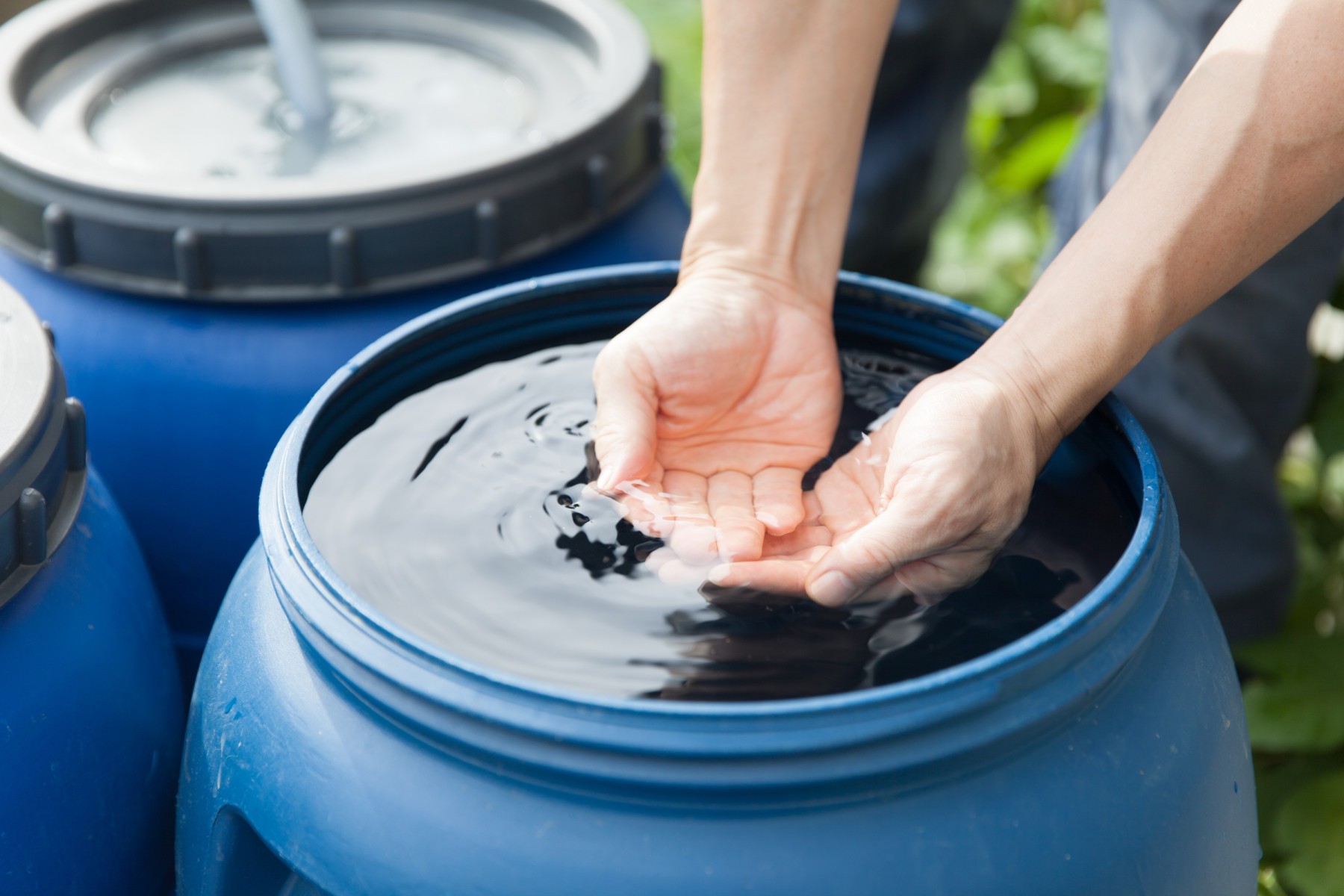
Rainwater tanks come in all shapes and sizes, and choosing the right one can make a world of difference in how you manage and utilise water. Each type has its own unique features designed to meet specific needs, fit into different spaces, and serve various purposes.
The size of your tank will depend on:
-
Whether your home is connected to the mains water supply
-
The number of people in your home using the water supply
-
What you are using the rainwater for
-
How much space you have on your house or property
Rain Barrel:
The humble rain barrel is your go-to choice if you're looking for something easy to set up and perfect for outdoor watering. These barrels are on the smaller side and can store from 100 to 1,000 litres. Ideal for residential use, they're a convenient solution for keeping your garden green and handling other outdoor activities.
Slimline Tank:
Living in a spot with limited space? The slimline tank might be the best option. While they might look tall due to their smaller base, these tanks are versatile for both indoor and outdoor water use. Ranging from 800 to 5,000 litres, they strike a balance between capacity and space efficiency, making them great for urban settings or homes with less outdoor space.
Standard Tank:
The standard tank has capacities ranging from 1,000 to 20,000 litres; they're your reliable option for a bit of everything. Whether for your home, a small business, or an industrial setting, these tanks have got you covered for a wide range of water uses.
Large Tank:
When it comes to serious water demands, the large tank is the best option. Large tanks have a capacity ranging from 20,000 to 35,000 litres. These tanks are the heavy lifters used on commercial sites and rural properties that aren't hooked up to the mains. A large tank is the way to go if you need a substantial water supply for agriculture or a lot of household use.
Underground Tank:
For those tight on space or aiming for an unobtrusive solution, an underground tank could be a smart option. This is definitely something to consider if you are building a home and want to include eco-friendly solutions from the get-go. Starting at a modest 2,000 litres, these tanks stay out of sight, buried beneath the earth.
What do our customers say?



For every (wise)move







